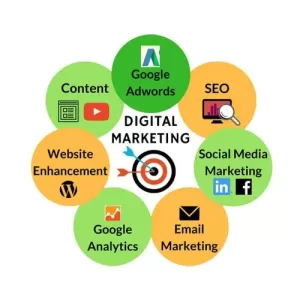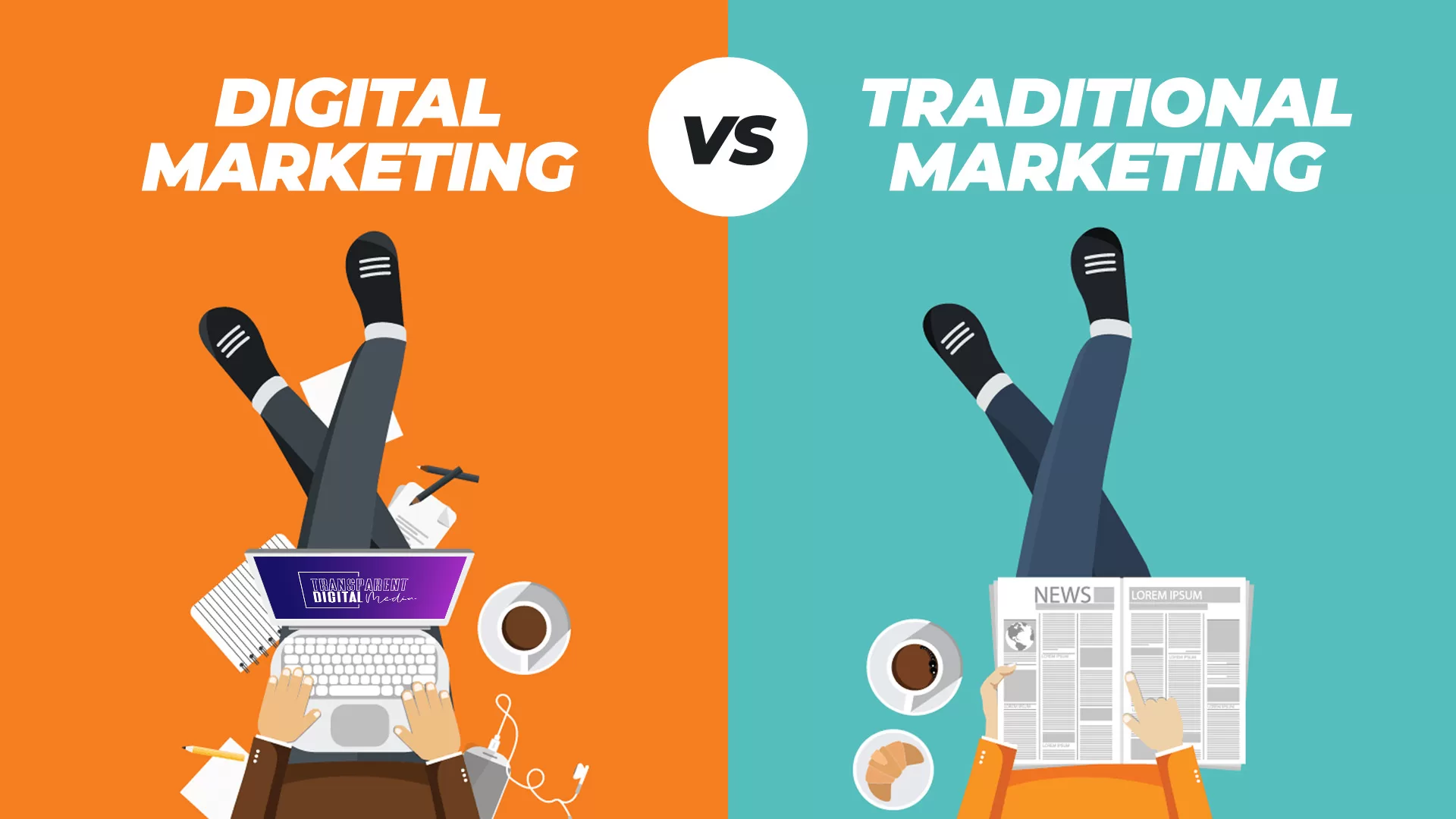SEO-Optimized Content
Introduction
In today’s fast-paced business world, marketing plays a pivotal role in a company’s growth. However, the marketing landscape has evolved significantly in recent years. Traditional marketing, once the cornerstone of business promotion, is now being complemented — and often replaced — by digital marketing. For business owners looking to optimize their marketing strategies, understanding the key differences between digital marketing and traditional marketing is essential. In this article, we’ll explore how these two approaches differ and why digital marketing is vital for success in the modern business environment.
What is Traditional Marketing?
Traditional marketing refers to the conventional methods of advertising and promotion that businesses have used for decades. This includes TV commercials, radio ads, print advertisements in newspapers and magazines, direct mail, and billboards. Traditional marketing focuses on reaching large audiences, often through mass media channels. While these methods have been effective for many years, they come with certain limitations, such as high costs and limited ability to target specific customer segments.
For example, a business that runs a TV commercial may reach millions of people, but it has no way of knowing how many viewers are actually interested in the product or service being advertised. Traditional marketing is largely one-way communication, from business to consumer.

What is Digital Marketing?
Digital marketing refers to the promotion of products or services using online platforms and technologies. This includes search engine optimization (SEO), content marketing, social media marketing, email marketing, and paid digital ads. Unlike traditional marketing, digital marketing offers businesses the ability to directly engage with their audience through digital channels such as websites, social media, and email, providing greater control over the customer experience.

Key Differences Between Digital Marketing and Traditional Marketing
1. Reach and Targeting
Traditional marketing typically has a wide, less-targeted reach. It’s hard to pinpoint specific consumer groups without extensive market research. In contrast, online marketing allows businesses to target specific demographics, interests, behaviors, and geographic locations, ensuring your message is seen by those most likely to convert.
2. Cost Efficiency
Traditional marketing campaigns, such as TV or print ads, often require large budgets for a short-term impact. Digital marketing, on the other hand, can be highly cost-effective. With tools like Google Ads or social media platforms, businesses can start small and scale based on performance, allowing even small businesses to compete with larger companies.
3. Measurement and Analytics
One of the most significant differences is the ability to measure success. Traditional marketing campaigns are difficult to track and measure in real-time. For example, a print ad in a magazine offers limited data on its effectiveness. In digital marketing, tools like Google Analytics provide detailed insights into how well campaigns are performing, from website traffic to conversion rates.
4. Flexibility and Adaptability
With traditional marketing, once an ad is placed (in a newspaper, on TV, etc.), it’s out there until the next cycle. Social media marketing allows for instant adjustments. If a particular ad isn’t performing well on social media or a website, it can be altered or stopped immediately without wasting resources. This flexibility helps businesses stay agile and responsive to market trends.
Why Businesses Should Embrace Digital Marketing
For modern business owners, digital marketing is no longer optional — it’s essential for growth and success. In an age where consumers spend more time online than ever before, online marketing allows businesses to meet them where they are. With more cost-effective, measurable, and targeted marketing strategies, digital marketing offers clear advantages over traditional methods.
Moreover, digital marketing levels the playing field, enabling small businesses to compete with larger companies by reaching niche audiences with minimal budgets. By integrating digital strategies into their marketing plans, business owners can stay competitive, improve customer engagement, and increase sales.
Conclusion
While traditional marketing methods have their place in certain industries, digital marketing has revolutionized the way businesses connect with consumers. By offering precise targeting, measurable results, and lower costs, digital marketing provides clear advantages for business owners looking to thrive in the digital age. To remain competitive and relevant, businesses must adapt and incorporate digital marketing strategies into their overall marketing plans.

Leave a Reply